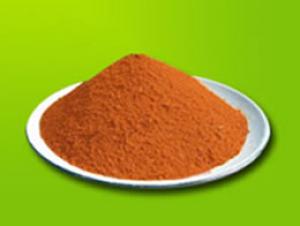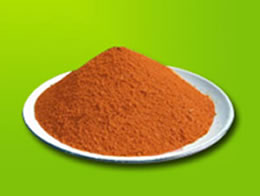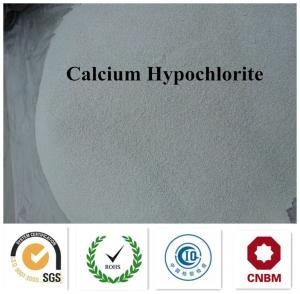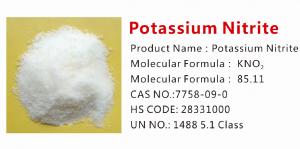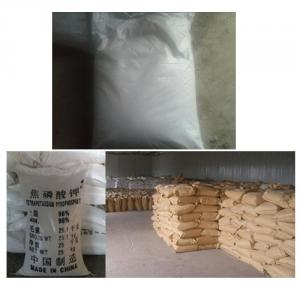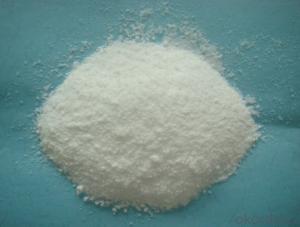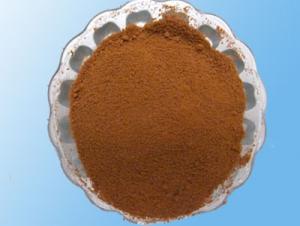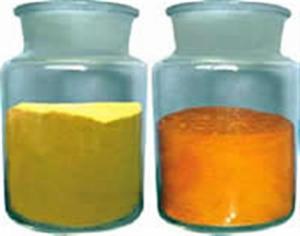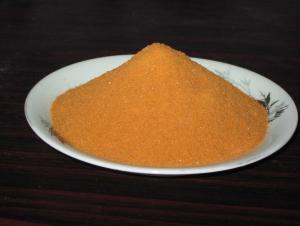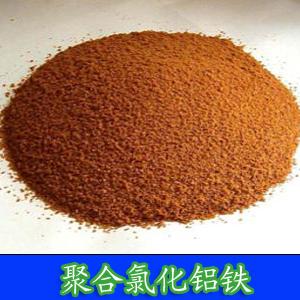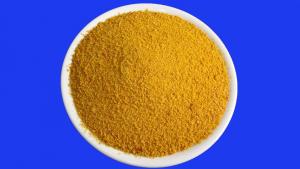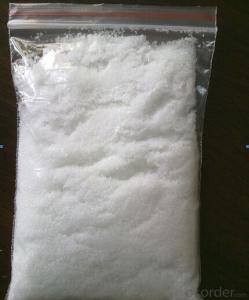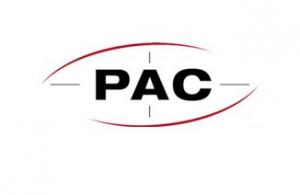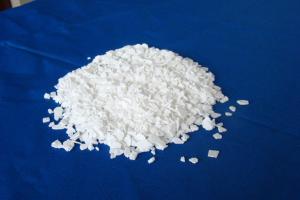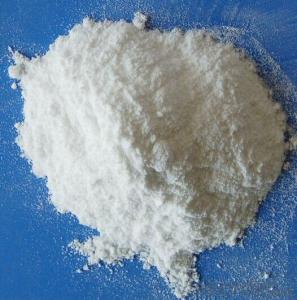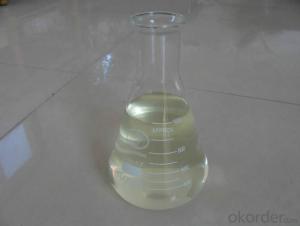poly aluminum ferric chloride PAFC watertreatment manufacturer price
- Loading Port:
- Tianjin
- Payment Terms:
- TT OR LC
- Min Order Qty:
- -
- Supply Capability:
- 6000 m.t./month
OKorder Service Pledge
OKorder Financial Service
You Might Also Like
Water treatment material Polyaluminium ferric chloride(PAFC)
Brief introduction:
Polyaluminium ferric chloride (PAFC) is made up of aluminum salt and iron salt coagulation hydrolyzing and become
a kind of inorganic polymer coagulants, based on the principle of synergies, join the elemental iron ion or three iron
oxide and other compounds containing iron composite is a new type of high efficient coagulant.
It combines merits for aluminum salt and iron salts of aluminum ion and iron ion form has improved significantly,
polymerization degree is greatly improved. Aluminum, iron coagulant respectively of the advantages of air flotation
operation, improve the concrete performance of polyaluminium chloride; For high and low temperature and low
turbidity water water purification treatment effect is particularly evident, needn’t add alkaline additives and other
coagulant aid.
performance:
1, fast hydrolysis and weak hydration. Dense alumem ustoum, sedimentation speed.Affected by the temperature
change is small, can meet the requirements of shear force in the process of flow.
2, solid product is brown, reddish brown powder, easily soluble in water.
3, which can effectively remove the aluminum ion in the raw water and remaining free aluminum ion in water after
aluminum salts coagulation.
4, wide applicable scope, drinking water, industrial water, water, sewage and industrial wastewater treatment, etc.
5, Less dose, treatment effect is good, cut down the cost of 10-20% than other coagulants.
6, using method and packaging purposes matters is essentially same as polyaluminium chloride.
features:
1, the dosage is far lower than the traditional flocculant,the water quality is good after purification.
2, the flocculation body is formed fast, precipitation is rapid, is bigger than traditional products processing capacity.
3, the alkalinity of the water consumption, less water lower PH.
technology classification:
1, drum-type poly aluminum chloride, general aluminum content, high water insolubles, used for sewage treatment.
2, frame type poly aluminum chloride has high aluminum content, low water insolubles, used in sewage treatment
and drinking.
3, spray drying, poly aluminum chloride has high aluminum content, low water insolubles , faster dissolve. used
for potable water and higher standards water treatment.
name of index | index | |
PAFC | ||
liquid | solid | |
relative density(20°C) ≥ | 1.19 |
|
PH value(1%aqueous solution) | 3.5-4.5 | 3.5-4.5 |
(AL2O3i)content% | 10.0 | 29 |
(Fe2O3)content% | 1-2 | 2-3 |
basicity,% | 60-95 | 60-95 |
water insoluble,% < | 0.3 | 1.0 |
(As)content,% ≤ | 0.0003 | 0.0006 |
(Mn)content,% ≤ | 0.045 | 0.01 |
(SO2-)content % | 3.5-9.6 | 3.5-10 |
purposes:
Polyaluminium ferric chloride has widely scope of application: used in drinking water, industrial water, sewage
and industrial wastewater treatment, polyaluminium ferric chloride has obvious effect with all kinds of industrial
water and drinking water purification treatment.
- Q: What to eat can promote the absorption of inorganic salts
- The inorganic salt is required to enter the carrier in the cell membrane that requires the cell membrane
- Q: For science I have to find out what salts are used for but when i search a salt like lithium sulphate it always comes up with &quot;would you like to buy&quot; could you please tell me what these salts are used for*lithium sulphate*zinc nitrate*sodium phosphate
- HI I'M PNT. LITHIUM SULFATE is a white inorganic salt with the formula Li2SO4. It is used to treat bipolar disorder. It is soluble in water, though it does not follow the usual trend of solubility versus temperature — its solubility in water decreases with increasing temperature . This property is shared with few inorganic compounds, such as the lanthanoid sulfates. Lithium sulfate crystals, being piezoelectric, are also used in ultrasound-type non-destructive testing because they are very efficient sound generators. However they do suffer in this application because of their water solubility. ZINC NITRATE: Zinc nitrate (Zn(NO3)2) is a chemical compound used as a mordant in dyeing. It is also a source of zinc ions for chemistry. An example reaction gives a precipitate of zinc carbonate:Zn(NO3)2 + Na2CO3 → ZnCO3 + 2 NaNO3. Conditions/substances to avoid are: reducing agents, organic materials, metal powders, heat and flame, cyanides, sodium hypophosphite, tin(IV) chloride, phosphorus, thiocyanates, carbon, and sulfur. Its Relative Molecular Mass is 189. SODIUM PHOSPHATE: Sodium phosphate are forms of phosphorus, which is a naturally occurring substance that is important in every cell in the body. Sodium phosphate is used to treat constipation and to clean the bowel before surgery, x-rays, endoscopy, or other intestinal procedures. Sodium phosphate enemas are also used for general care after surgery and to help relieve impacted bowels. Sodium phosphate may also be used for other purposes not listed in this medication guide REGARDS, PNT.
- Q: Like the role of B, Fe, Mg, Ca, Mn, Cu, Cl, P, S, N ...., the more specific the better (college entrance examination range)
- Ca2 + is the animal bone and teeth (containing CaCO3) composition, and blood coagulation and muscle contraction has a regulatory role, if the content is too low, the animal will appear muscle twitch. K + is a variety of enzyme activator, for the plant starch and protein synthesis and animal nerve impulse conduction and muscle contraction also plays an important role. Fe is a component of hemoglobin and cytochrome, and iron-containing enzymes are indispensable when chlorophyll is formed in plants. Another example is Na + for animal heart beat, nerve excitement is indispensable.
- Q: What inorganic salts and trace elements are there in rice?
- Calories (343.00 kcal) Vitamin B6 (0.20 mg) Protein (7.70 g) Vitamin B12 (20.00 micrograms) Fat (0.60 g)
- Q: What are the effects of inorganic salts on plant growth?
- P: to promote the development of seedlings and flowers open, so that the fruit, the seeds mature early. Lack of performance: the plant is particularly short, leaves were green, and purple.
- Q: A solution is known to contain an inorganic salt of one of the following elements. The solution is colorless. The solution contains a salt ofa. Cub. Mnc. Fed. Nie. Zn
- Mn or Zn. Both MnSO4 and ZnSO4 solutions are water-white. KMnO4 is purple. But you did not stipulate.
- Q: In order to prove that magnesium is an essential salt for soybean life, two soybean seedlings with the same growth status are taken, one of them is cultured in magnesium-containing culture medium and the other is cultured in (). A. Pure water B. Sand without sand. Water containing only magnesium. Media containing no magnesium
- Biological control experiments were the only variable experiments. The question that is being explored is the variable, and the other quantities are the same. In a different amount (conditions) the same circumstances to modify a data variable in order to get the data variables on the experimental changes in the law. In order to prove that magnesium is essential for the life of soybeans, the variable is the presence or absence of magnesium. Can be designed as a magnesium-containing culture medium and magnesium-free culture medium. The other amount of the same as the amount of culture medium, soybean seedling growth status, the same number, while placed in the same place, etc., to ensure that only one variable that is the presence of magnesium.
- Q: What are the main physiological functions of inorganic salts?
- o maintain the body acid and alkali balance and osmotic pressur
- Q: Is the inorganic salt the same as the saline?
- Saline is sodium chloride solution, most people use the point is 0.9%.
- Q: And what I specifically need are salts with Bromide, Chloride, Phospate and Carbonate ions.Thanks for any help.
- That list is near endless. There are countless inorganic cations and organic groups that can combine with these ions. Pretty much every metallic element in the periodic table will form cations with bromide and chloride. Not sure about phosphate, but most metals will bind with it. Carbonate will be trickier, as some ions are too acidic and will decompose the carbonate (iron(III) is an example, and it will form the oxide instead, liberating CO2 in the process). Aside from simple elemental ions, there are also polyatomic cations (such as ammonium) and lots of complexes that will form compounds with these anions.
Send your message to us
poly aluminum ferric chloride PAFC watertreatment manufacturer price
- Loading Port:
- Tianjin
- Payment Terms:
- TT OR LC
- Min Order Qty:
- -
- Supply Capability:
- 6000 m.t./month
OKorder Service Pledge
OKorder Financial Service
Similar products
Hot products
Hot Searches
